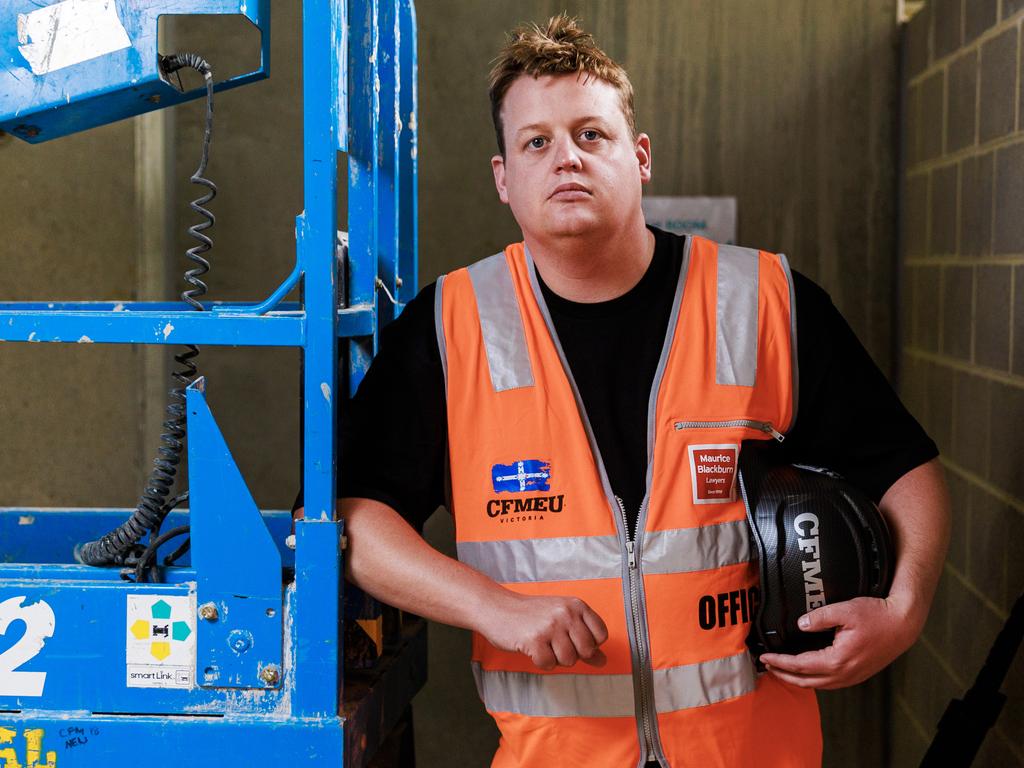Bosses more upbeat on pay rises
Employers expect annual base pay increases to average 3.7 per cent this year.

Employers expect annual base pay increases to average 3.7 per cent this year, a sharp increase in the previously predicted 2.6 per cent rise, increasing hopes that workers will receive increases that outstrip inflation.
An Australian Human Resources Institute survey of more than 600 HR professionals and decision-makers found the more optimistic wage rise outlook came despite a fall in employment intentions and labour shortages.
According to the quarterly survey, employers expect the mean basic pay increase, excluding bonuses, to be 3.7 per cent in the 12 months to January 2025, compared with the 2.6 per cent rise that had been forecast for the 12 months to October 2024.
Annual pay rises for the public sector are expected to be 4 per cent, with 3.6 per cent for the private sector.
In contrast, about one in six employers – 17 per cent – said they were planning to implement a pay freeze this year.
Some 36 per cent of organisations were planning to increase employment levels in the March quarter compared with 3 per cent planning to reduce workforce sizes.
Recruitment difficulties are starting to recede, with 38 per cent of employers reporting recruitment difficulties, down from 48 per cent in the previous quarter.
AHRI chief executive Sarah McCann-Bartlett said softer labour market conditions would usually lead to more moderate wage increases but the situation facing organisations was “a lot more complex”.
“Although recruitment difficulties have eased, many organisations are still having trouble recruiting and retaining staff,” she said. “A lack of quality in labour supply and high training and recruitment costs associated with replacing staff may be putting upward pressure on wages in many Australian workplaces.”
Ms McCann-Bartlett said weaker labour market conditions did not appear to be leading to an increased rate of job cuts in the short term, with redundancy intentions falling from 31 per cent to 22 per cent in the past three months.
“Seventy per cent of employers … are adopting tactics to avoid or reduce redundancies, with the most popular options being raising prices (27 per cent), exercising greater control on non-staff operation costs (23 per cent) and reducing use of non-permanent staff (21 per cent).
“This … might be because they want to preserve the skills and knowledge of their workforce or because they are waiting for further information about the economic outlook.”
The most popular measures to help retain staff are enhanced flexible working arrangements (37 per cent), increased development opportunities (36 per cent), and improved support for employee wellbeing (35 per cent).








To join the conversation, please log in. Don't have an account? Register
Join the conversation, you are commenting as Logout